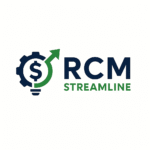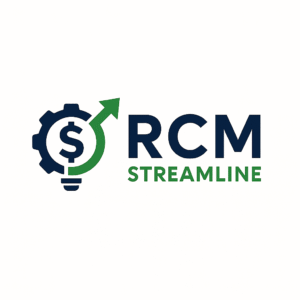Top Denial Management Strategies in 2025 That Actually Work
Explore the most effective denial prevention and appeal tactics healthcare providers are using in 2025 to protect revenue and speed up reimbursement.

Top Denial Management Strategies in 2025 That Actually Work
Denial management strategies in 2025 have shifted to more proactive, data-driven approaches. As claim rejection rates rise and payers tighten requirements, healthcare providers must evolve how they handle denied claims to preserve revenue.
In this article, we’ll break down the denial management tactics that are proving effective in 2025—and how your team can adopt them.
1. Use Denial Analytics to Prioritize Trends
Modern denial management begins with denial analytics. Instead of treating every denial individually, leading RCM teams now analyze patterns to target root causes. By categorizing denials (e.g., eligibility, medical necessity, authorization), teams can focus on high-impact improvements.
Example:
A multi-location orthopedic practice used weekly denial trend dashboards to discover that 42% of denials stemmed from missing authorization codes—fixable through automation.
2. Automate Eligibility and Authorization Checks
One of the most effective denial prevention tactics is front-end automation. Verifying insurance eligibility and submitting prior authorizations before services are rendered can reduce denials by up to 50%.
Tools to Try:
Availity
RCM Streamline’s own eligibility + auth dashboard
Waystar’s real-time verification platform
3. Standardize Appeal Templates by Denial Type
Appealing denied claims manually is slow and inconsistent. In 2025, successful teams have built template libraries for common denial types—customized per payer and denial code.
Suggestion:
Create auto-fillable appeal letters with payer-specific formatting, such as “Missing Authorization” or “Medical Necessity Not Met.” Save hours of admin time per week.
4. Train Staff on Denial Codes Monthly
Regular denial code training is a low-cost but high-impact initiative. Every month, review the top 3 denial codes and walk through examples with your billing or front-desk team.
Pro Tip:
Pair the training with real denial examples and corrected workflows so lessons stick.
5. Implement a Denial Scorecard System
Some organizations now track Denial Prevention Scores across departments or team members. This KPI approach gives visibility into who’s contributing to denials and who’s preventing them.
Benefits:
Drives accountability
Encourages collaboration
Gamifies quality improvement
6. Layer in RPA for Faster Appeals
Robotic Process Automation (RPA) is gaining ground in 2025. Leading systems can now automatically populate appeal forms, attach documentation, and send to payers—all without manual work.
Platforms Supporting RPA:
UiPath
Automation Anywhere
Olive AI (healthcare-focused)
Final Thoughts
Whether you’re a small clinic or a large RCM agency, denial management strategies in 2025 must go beyond reactive fixes. With the right tools, training, and automation, denial rates can be drastically reduced—and cash flow accelerated.
RCMStreamline can help you with our Denial Recovery & Appeals service

